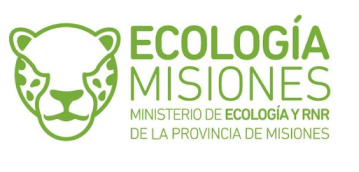
palacio island
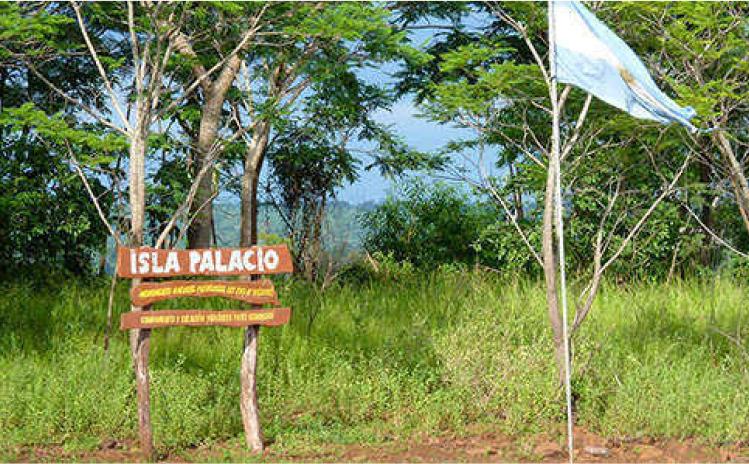
Isla Palacio
The main objective of this project is to conserve the environmental heritage of Isla Palacio, using the site as a training ground for the controlled rehabilitation of wildlife.
Palacio Island is home to flora and fauna of great value that are unique to Argentina. It is therefore an ideal place to reintroduce animals that have been rescued and rehabilitated in GüiráOga, offering them the opportunity to return to the jungle. A biological station has also been established to evaluate the animals’ adaptation to their new environment through regular monitoring.
To ensure the success of the releases, veterinarians perform health checks on the animals prior to release. We also use radio transmitters and camera traps to monitor some of the animals, and surveys of the flora and fauna are carried out. Permanent patrols are conducted to control and monitor the island, and park rangers are notified if there are people present who are not part of the research team.
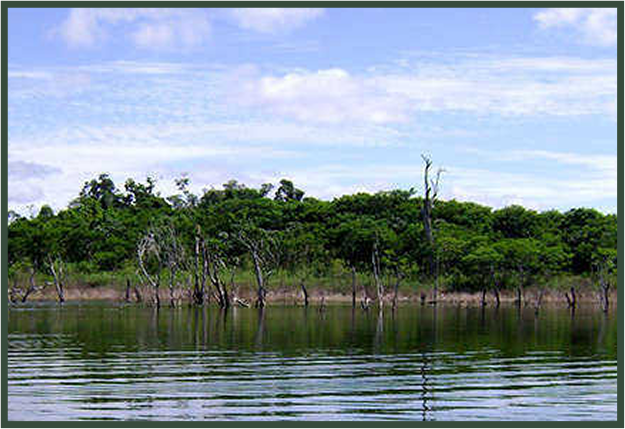
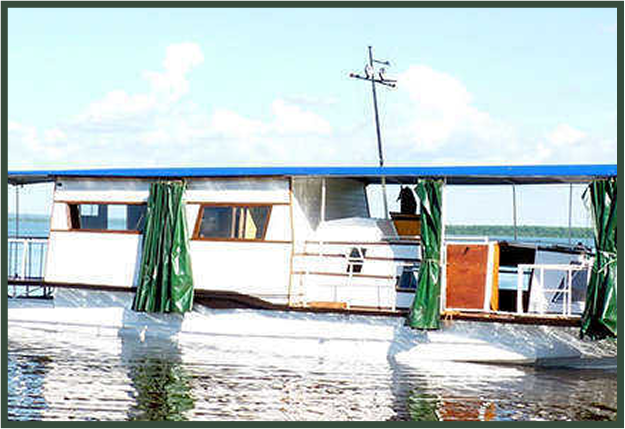
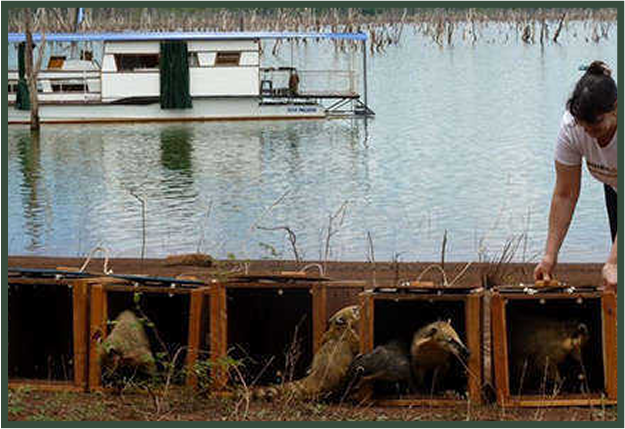
Palacio island’s history
“Two kilometres above the camp, there was a stream where the ducks used to go. One day, we decided to explore it and ended up travelling twelve kilometres to reach the Urugua-í, a tributary of the same river that formed a 1,600-hectare island.”
Andrés Gaspar Giai used these words to describe Palacio Island in 1950. The island owes its name to the most important “barrero” (salt lick) in Misiones: the “Barrero Palacio”, named by Perfecto Rivas, a Paraguayan hunter who found it “very large and very beautiful”.
Naturalists and scientists of that time considered the entire area of the lower Urugua-í basin to be of great scientific and educational value. William Partridge and Andrés Giai collected most of the birds, mammals, amphibians, and reptiles that now form part of the collections of one of Argentina’s most important natural science museums, the Bernardino Rivadavia Museum in Buenos Aires.
An attempt was made to conserve the area in the 1960s by Dr. José María Gallardo and Dr. Jorge A. Crespo of the Rivadavia Museum and engineer Jorge Dimitri of National Parks, who sought to protect the Barrero Palacio under an agreement with Perez Companc S.A. Other attempts followed to preserve this environment, the last habitat of the Brazilian merganser and the giant river otter.
However, despite all efforts to prevent the destruction of the entire area, the Urugua-í dam ended up flooding not only the Barrero Palacio, but also the entire lower basin of the Urugua-í stream, forever losing one of the most important jungle ecosystems without it ever having been studied in depth.
Nothing remains of that site that was once visited by adventurers, explorers, scientists, and locals. It was stripped of its large trees, its fauna decimated, its banks flooded, the permanent flooding leaving only 160 hectares of those 1,600 hectares of yesteryear, surrounded today by a tangled chain of lifeless trees that were silent witnesses to its sad end. However, despite everything, it was deservedly declared a Provincial Natural Monument, to preserve more than just an ecosystem, but also a historical, folkloric, and cultural reference point.


